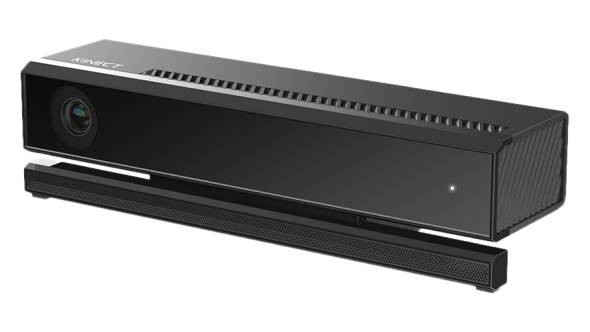
After a long period of waiting, Microsoft now offers their new Kinect v2 3D sensor for pre-order.
What does this have to do with 3D printing? The Kinect v1 has long been used as a sensor for basic 3D scanning setups. Combined with software like Skanect or ReconstructMe, the sensor has been used to capture 3D models of many people and objects.
The complaint with Kinect v1, however, has been the quality of its scans. Rough surfaces, limited resolution and accuracy prevented it from use in some situations. While you could capture reasonable “organic” shapes, like people, animals, etc., Kinect v1 has a hard time capturing smooth surfaces. Scans of a boxes or cylinders were usually rubbish.
That could change with the Kinect v2. According to Microsoft, several features are upgraded. We picked the upgrades relevant to 3D scanning:
With higher depth fidelity and a significantly improved noise floor, the v2 sensor gives you improved 3D visualization, improved ability to see smaller objects and all objects more clearly, and improves the stability of skeletal tracking.
This means scanned surfaces will be of higher accuracy and smoother. Fewer bumps!
The expanded field of view enables a larger area of a scene to be captured by the camera. As a result, users can be closer to the camera and still in view and the camera is effective over a larger total area.
Larger objects can be captured in good resolution. This may also speed up the scan, as you would require less movement to cover an entire object.
In addition to allowing the Kinect for Windows v2 sensor to see in the dark, the new infrared (IR) capabilities produce a lighting-independent view, which makes machine learning or computer-vision–based tasks much easier—because you don’t have to account for or model lighting-based variation.
Yes, you can now 3D scan in the dark! We’re not sure why you’d do that, but we’ll leave that up to your imagination.
The new Kinect is not literally available; you can pre-order it at a cost of USD$199, which, when combined with some scanning software such as Skanect, provides a far less expensive alternative to many other scanning solutions.
Via Microsoft

